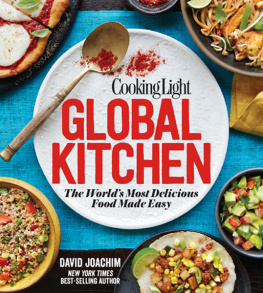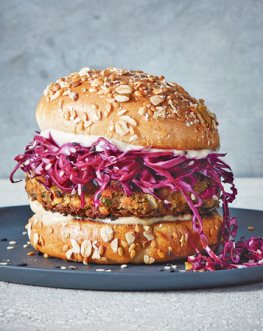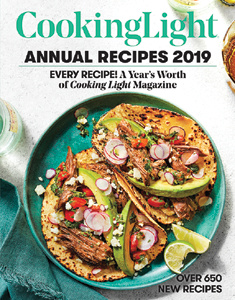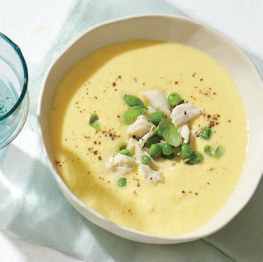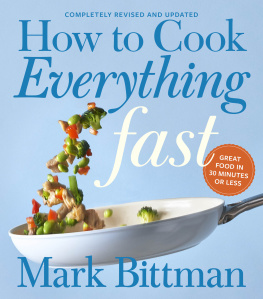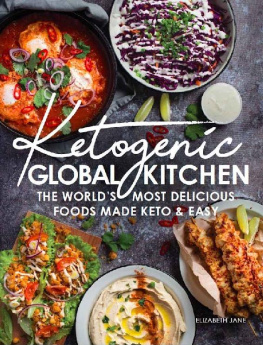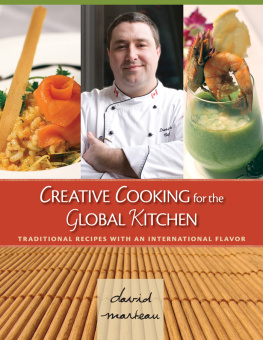
Cooking Light
GLOBAL
KITCHEN
The Worlds Most Delicious Food Made Easy
DAVID JOACHIM
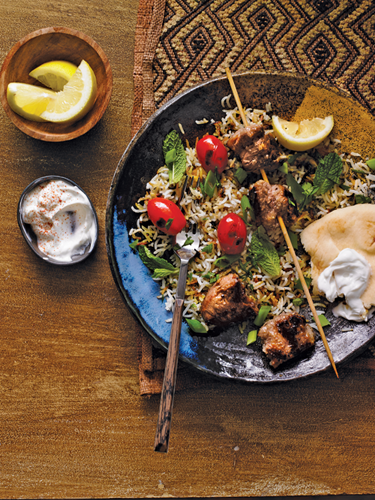

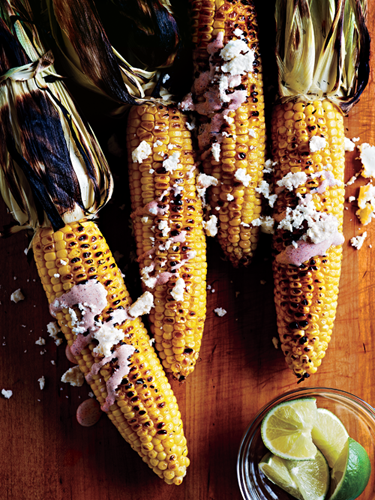
Welcome to the world of flavor. Its an exciting time to be in the kitchen. So many incredible ingredients from around the globe are available in todays markets. We can thank globalization for stimulating our taste budsand for making it easier to eat healthy food.
When you start watching your diet, eating healthy often means eating ethnic. Thats where the flavor is, after all. Traditional cuisines like Indian, Mexican, Thai, and Moroccan get vibrant flavors from unique spices, herbs, fruits, and vegetables. Just think of cardamoms haunting perfume of citrus and pine; the front- and back-of-the-tongue heat in smoky chipotle chiles; the clean, fresh scent of lemongrass; the savory depth of fermented miso paste; and the tropical aroma and rich taste of coconut milk. Its a godsend for American home cooks that these ingredients are now stocked in mainstream supermarkets. Suddenly, international dishes dont seem so intimidating to prepare. With everything you need at your supermarket, these high-flavor foods can easily become part of your busy weeknight routine.
When Cooking Light invited me to work on this book, I jumped at the chance. Help Americans bring these amazing flavors to their everyday meals? Absolutely! For over 25 years, the magazine has been publishing recipes from leading experts in the worlds cuisines. Its high time to put the best of the best into a single book. With Cooking Light s team of editors, I sifted through the magazines vast archive and chose 120 of the most authentic, best-tasting, and highest reader-rated recipes from almost every continent on earth. To fill in some gaps, I developed another 30 recipes. All in all, the book includes 150 culinary greatest hits from around the globe. And its packed with colorful photos and helpful tips. With everything here, its a breeze to enjoy a world of flavor in your very own kitchen.
David Joachim
Introduction
The food world in America has changed dramatically since 1967, the year I was born. Back then, New York Times food editor Craig Claiborne published an Israeli recipe for Mediterranean Fish with a note about two small stores in the city, then and still Americas largest city, where you could buy tahini (sesame paste). Today, tahini is widely available in supermarket chains across the United States.
The options on our market shelves have expanded exponentially. Changing demographics and trade treaties have made a wide variety of international ingredients readily available. By the time I was 8 in 1975, I had tasted fish sauce for the first time in the home of my mothers best friend, who is Vietnamese. And by the 1980s, companies like Friedas and Melissas World Variety Produce were stocking once-exotic produce such as kiwi, mangos, and jicama all over America. These and other companies now bring us thousands of specialty produce items, from banana leaves and coconuts to yuca and Kaffir limes.
Think about how our population has changed, too. In 1967, 88 percent of the U.S. population was of European descent, and only 12 percent were minorities, mostly African American. Today, more than 50 percent of all American children are born to minority parents, and Latinos have become the countrys largest minority group. Salsa now outsells ketchup as the countrys most popular condiment.
HOW COLUMBUS CHANGED WHAT THE WORLD EATS
The United States and its food have become incredibly diverse over the past 50 years. But if you go back even further, you can see the beginnings of these changes in the Americas and all around the world. In the 1500s, after the New World was colonized, Spanish and Portuguese traders initiated an exchange of foods that forever altered how people eat all over the globe. Traders brought the potato from Peru to Europe, where it became a key ingredient throughout the continent. Just think of now-classic dishes like Italys . Chile peppers went from the Americas not only to Europe, but also to the Middle East, Africa, and Asia. Consider the fact that 500 years ago, chile peppers did not exist in Indian cooking. But today, traditional dishes like chana masala (chickpeas in spicy tomato sauce) and countless other Indian curries would be unthinkable without hot peppers.

The Pacific coast in Santa Cruz, California is a dining and beach lovers paradise.
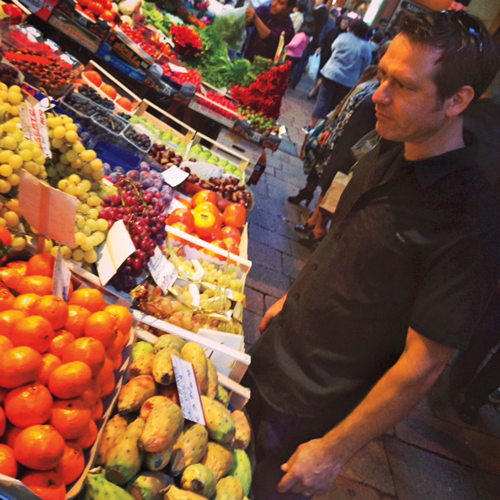
David selects fresh produce at a market in Bologna, Italy.
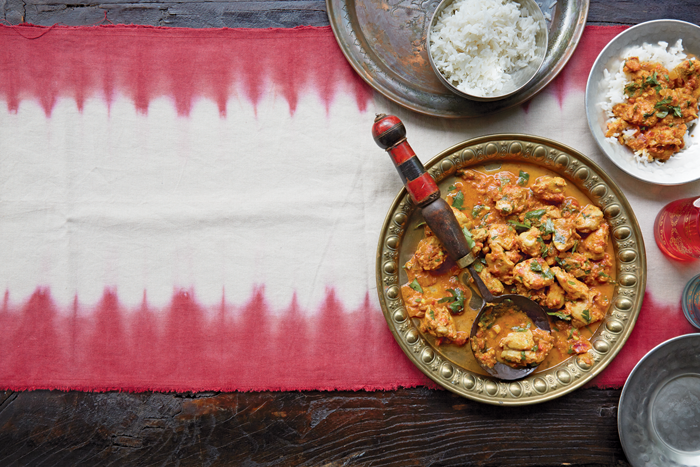
Historians call this massive period of trade the Columbian Exchange. And it went the other way, too. Pigs, chickens, goats, and cattle all came from the Old World to the Americas. Bananas and plantains came from Southeast Asia to South America, where plantains are now essential in dishes like .
THE QUEST FOR FLAVOR
Its true that people cook with local foods. But historical events change what foods are available locally. A nations cuisine evolves over time in a complex blend of geography, history, economy, immigration, industrialization, and taste preferences, among other factors. This ongoing evolution means that no continent or country has a single, unchanging cuisine. There is no single African cuisine or Italian cuisine. No homogenous Thai cuisine or Caribbean cuisine exists.
But there are distinctive ingredients and dishes that define every countrys cooking. And Americans are hungry to taste them. Television cooking shows, the Internet, and increased international food trade have all ramped up our quest for exotic flavors. In fact, 9 out of 10 young Americans say they prepared ethnic food at home in the past month, according to the Mintel research group. And American supermarkets are teeming with more and more ingredients to feed our hunger. The best news? These high-flavor cuisines, such as Indian, North African, and Japanese, are often touted as the healthiest cuisines on the planet.

David dined at this local spot with a view and authentic, fresh pasta while traveling in Siena, Italy.
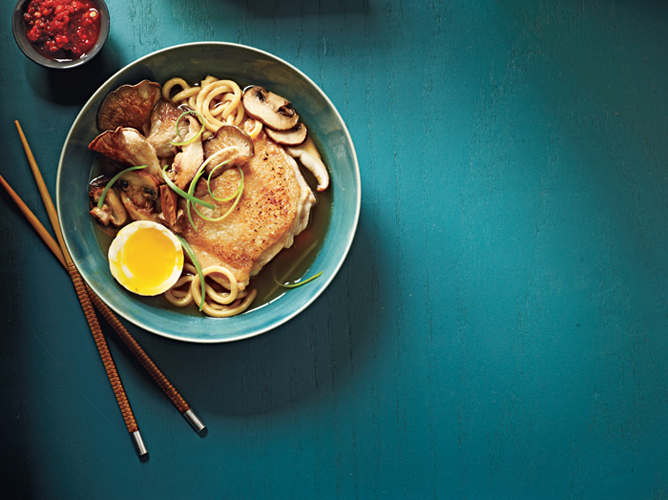

The Jumbo Floating Restaurant is located in Aberdeen Harbor in Hong Kong.
TASTE THE WORLD IN YOUR KITCHEN
Its impossible to completely capture the staggering variety of dishes that people enjoy around the world. But Cooking Light Global Kitchen presents a fair slice. To help bring you the key flavors and dishes of each continent, I called on the expertise of professional chefs, culinary historians, and food writers. Thank you especially to Rick Bayless, Naomi Duguid, Jose Garces, Darra Goldstein, Marc Vetri, Maricel Presilla, Jessica B. Harris, Michael Solomonov, Andrea Nguyen, Steven Raichlen, Cecilia Hae-Jin Lee, Judith Finlayson, Hiroko Shimbo, Raghavan Iyer, and Grace Young. Their invaluable insights, advice, and recipes are at the heart of this book.
Next page
